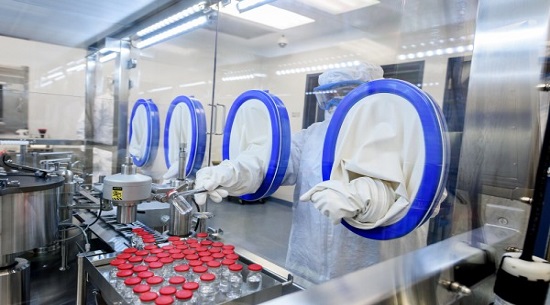Overcoming Challenges Facing Advanced Therapies in the EU Market
Recent developments in therapeutic technologies have enabled a much-needed shift from classical “one size fits all” protocols to personalized medicine strategies.
Recent developments in therapeutic technologies have enabled a much-needed shift from classical “one size fits all” protocols to personalized medicine strategies. Advanced Therapy Medicinal Products (ATMPs), comprising cell-, gene-, and tissue-engineered therapies, remain at the forefront of this advancement, contributing substantially to global biotechnology market growth. Due to their highly personalized nature, ATMPs are usually associated with high development and manufacturing costs, stringent regulatory requirements, reimbursement challenges, and complex interventional procedures. Although many advanced therapies demonstrate remarkable clinical trial results, achieving positive therapeutic outcomes is only one factor determining market success for such therapies.
Currently, seven ATMPs are granted marketing authorization that is valid throughout the European Union (EU). While these products represent a welcome addition to current therapeutic arsenals for unmet medical needs and rare diseases, those marketed now for 3–7 years have failed to meet their pre-launch sales expectations and, in some cases, are being discontinued by their manufacturers and removed from the market. For example, within 1 year of obtaining EU-wide marketing authorization, MACI was suspended and Provenge was withdrawn from the market, both for poor commercial performance. Glybera, a gene therapy with a high price tag, currently struggles with insurance reimbursements. ChondroCelect, the first approved ATMP, will also be withdrawn in November 2016 due to commercial reasons together with the lack of reimbursement in key European countries.
Reference: http://www.cell.com/cell-stem-cell/fulltext/S1934-5909(16)30259-4





ارسال به دوستان